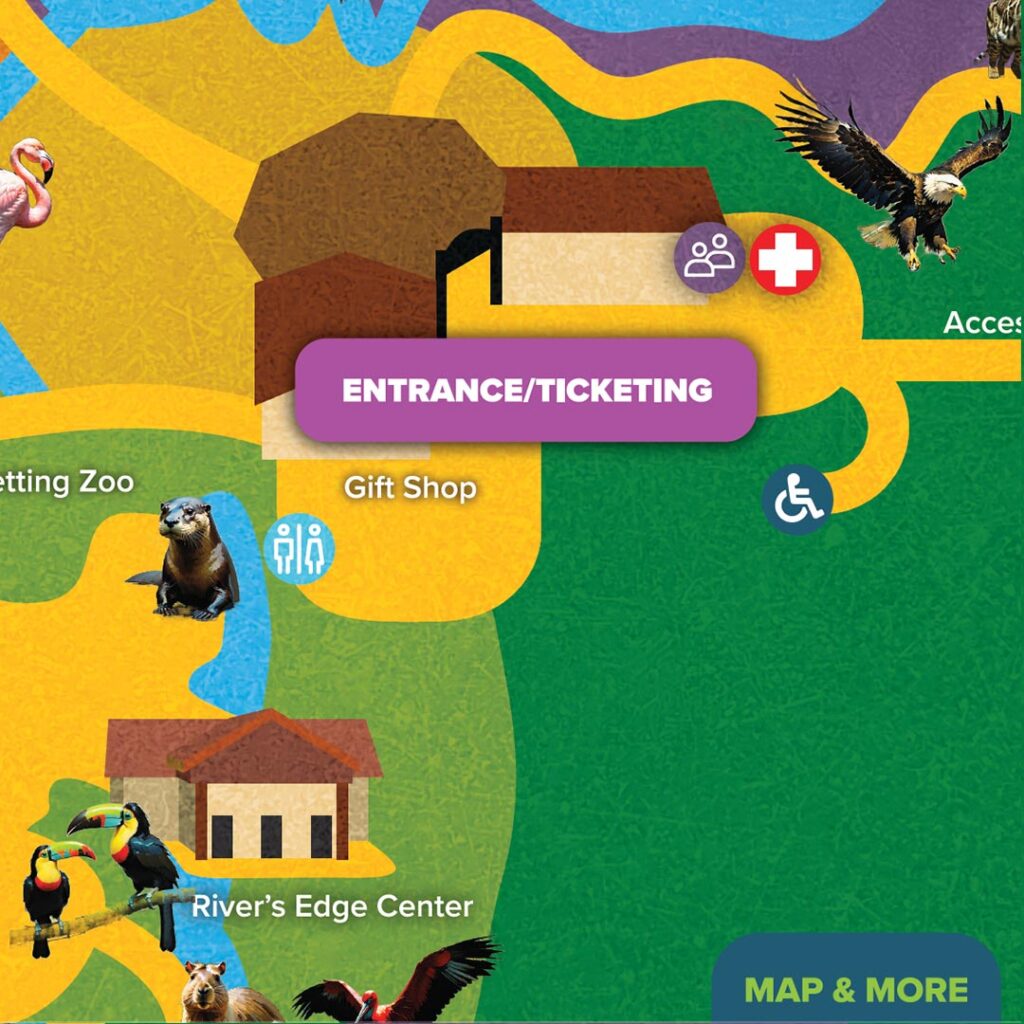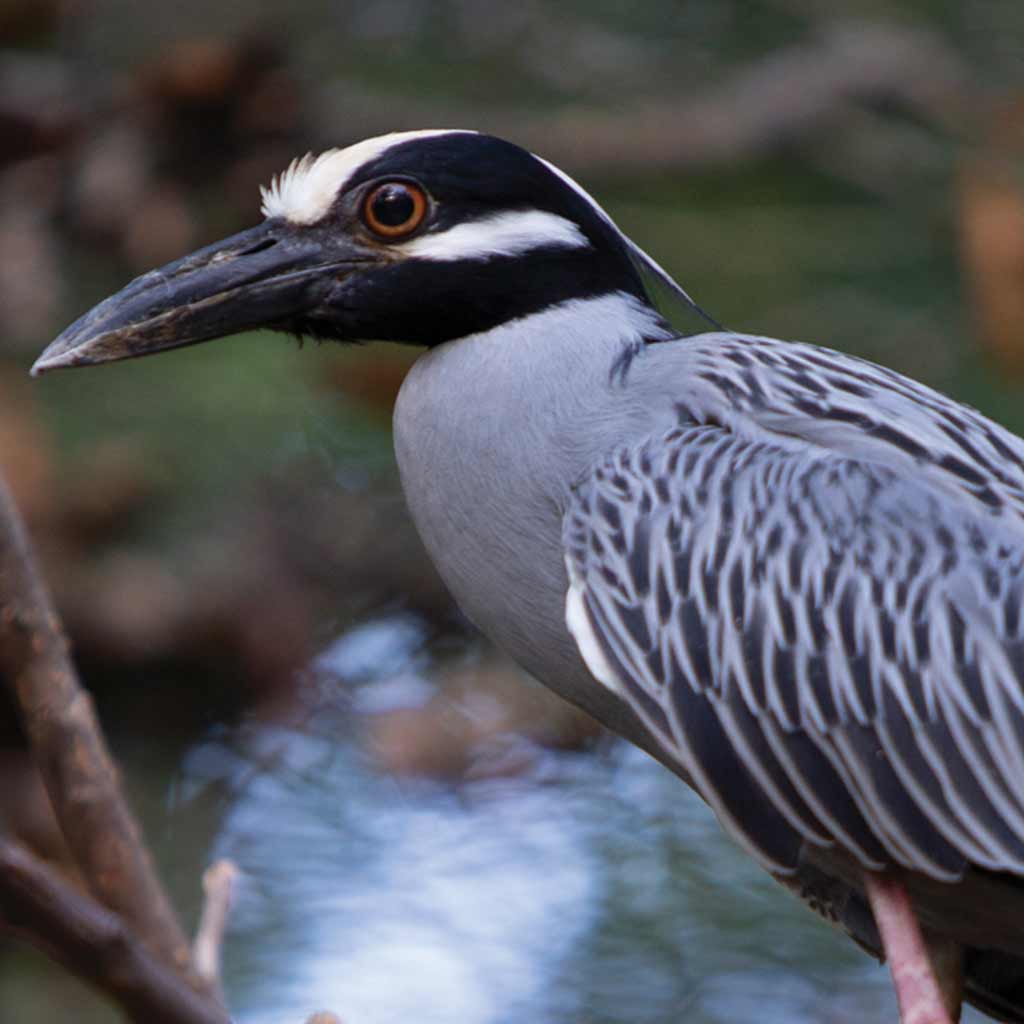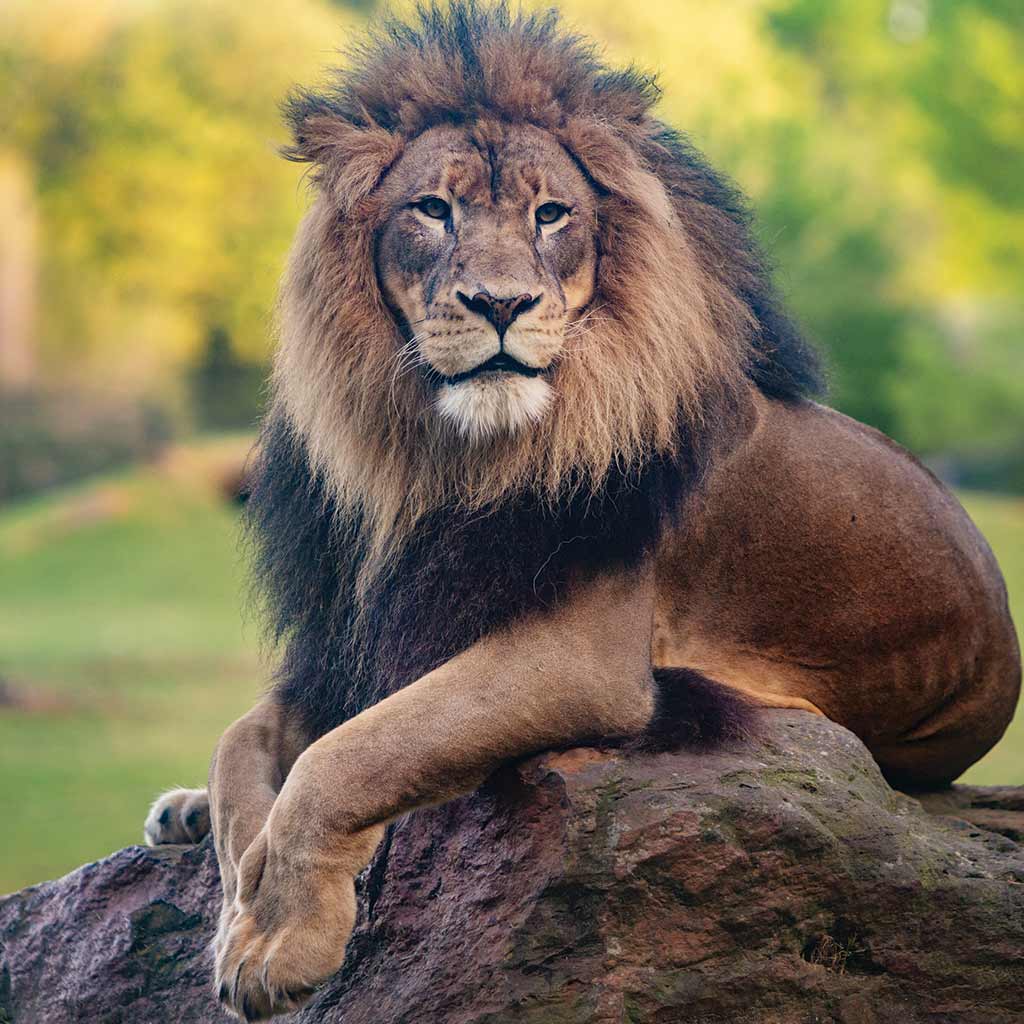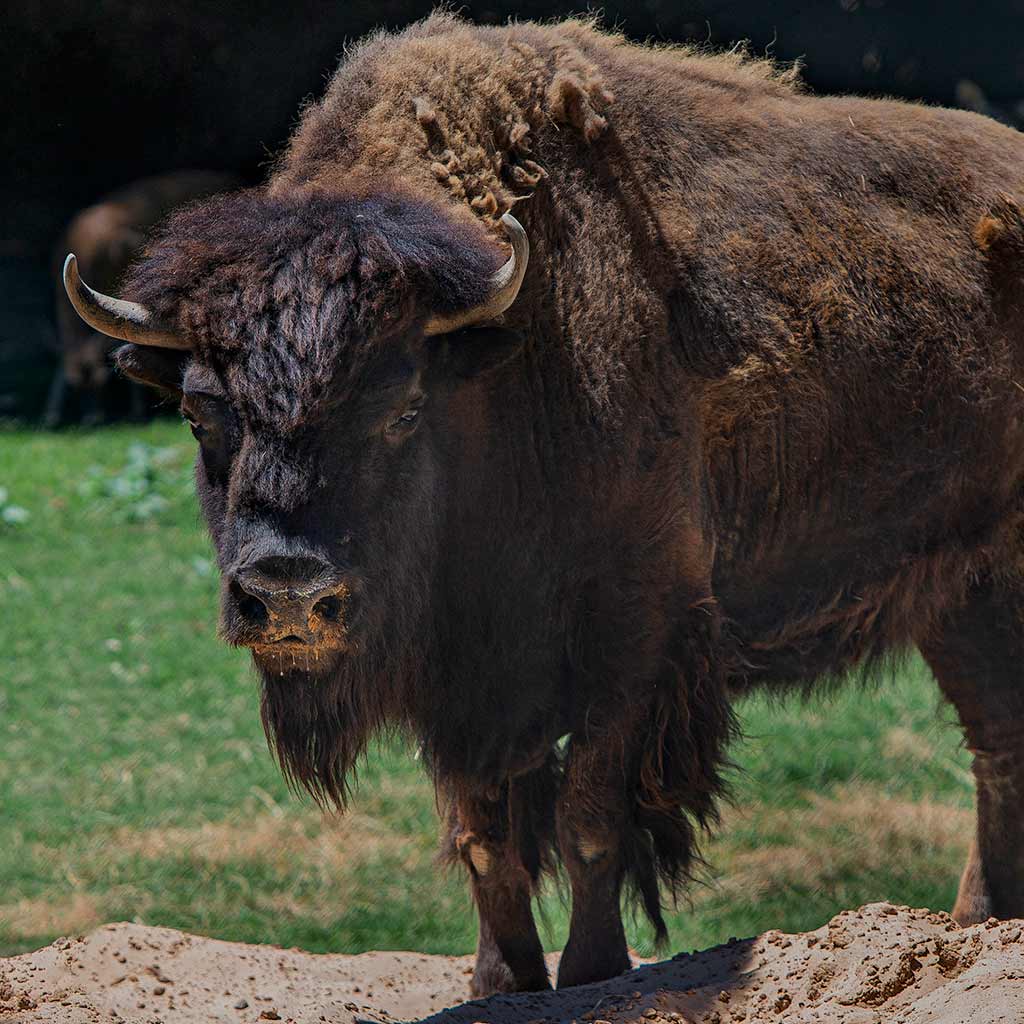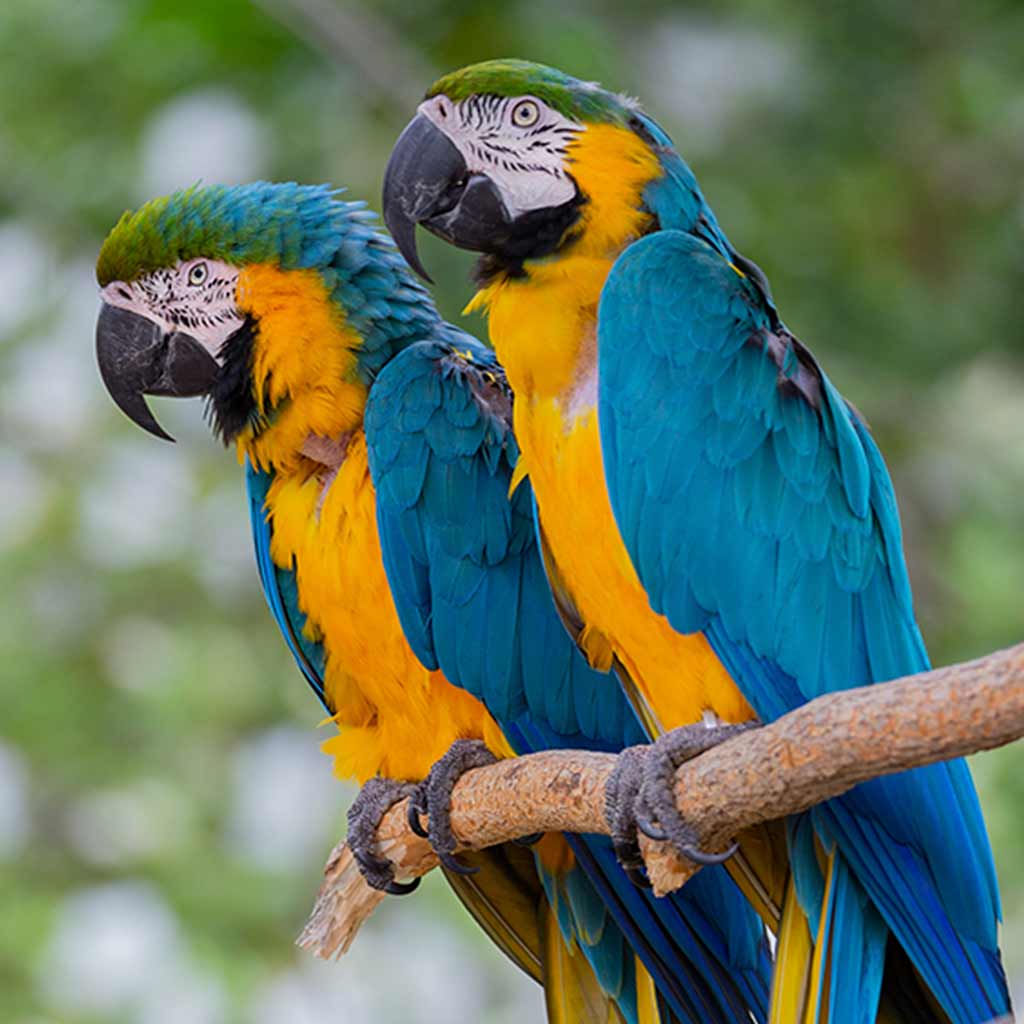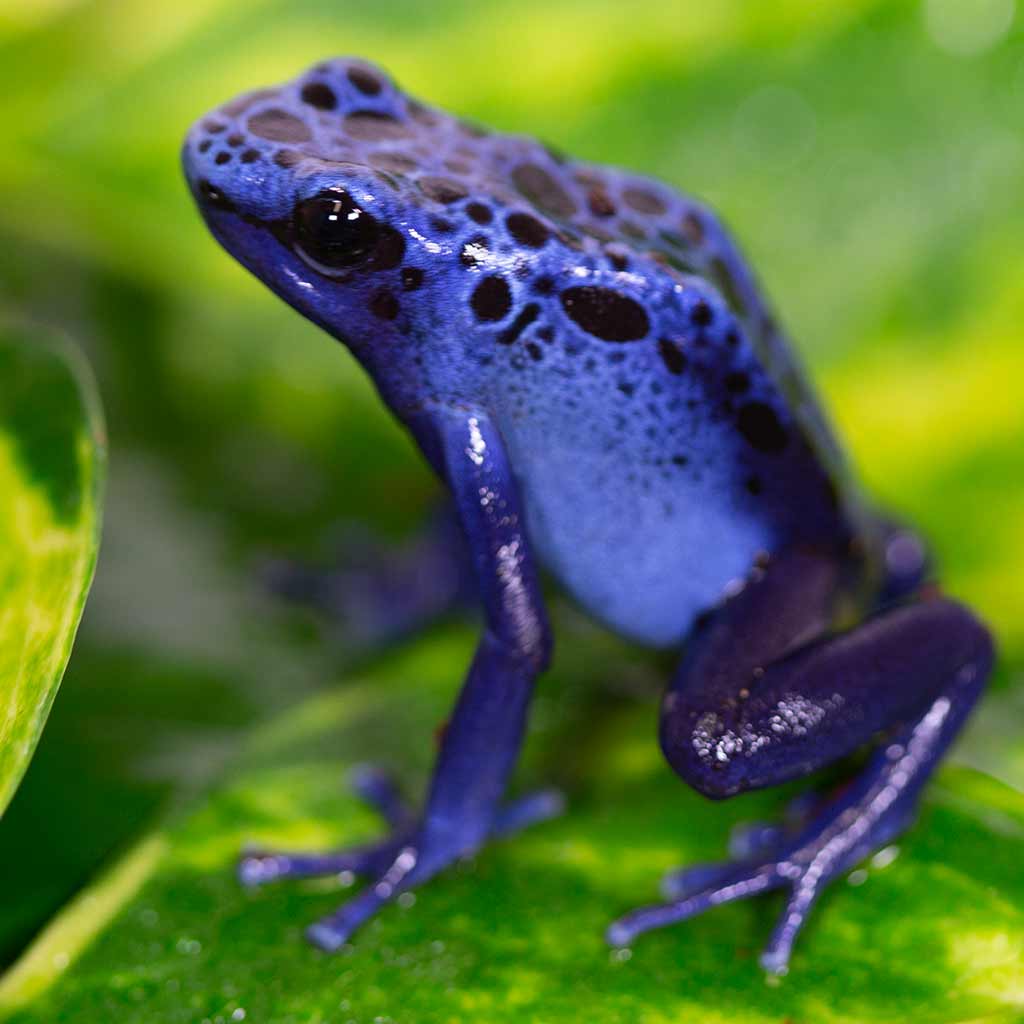-
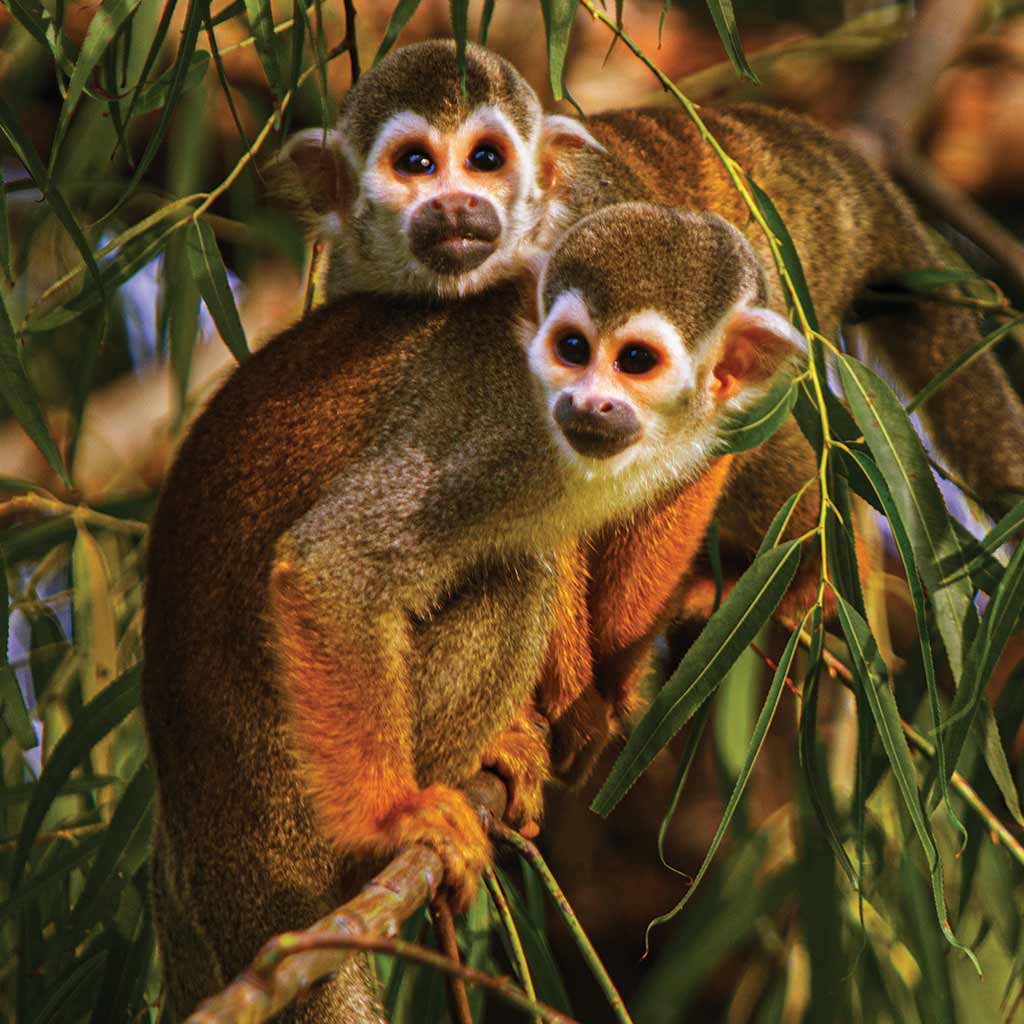 Squirrel Monkey(Saimiri sciureus) The Common Squirrel Monkey includes 3 species of monkeys native to the tropics of South America, primarily the Amazon Basin. These arboreal monkeys feed on a variety of fruits, insects and small vertebrates.
Squirrel Monkey(Saimiri sciureus) The Common Squirrel Monkey includes 3 species of monkeys native to the tropics of South America, primarily the Amazon Basin. These arboreal monkeys feed on a variety of fruits, insects and small vertebrates. -
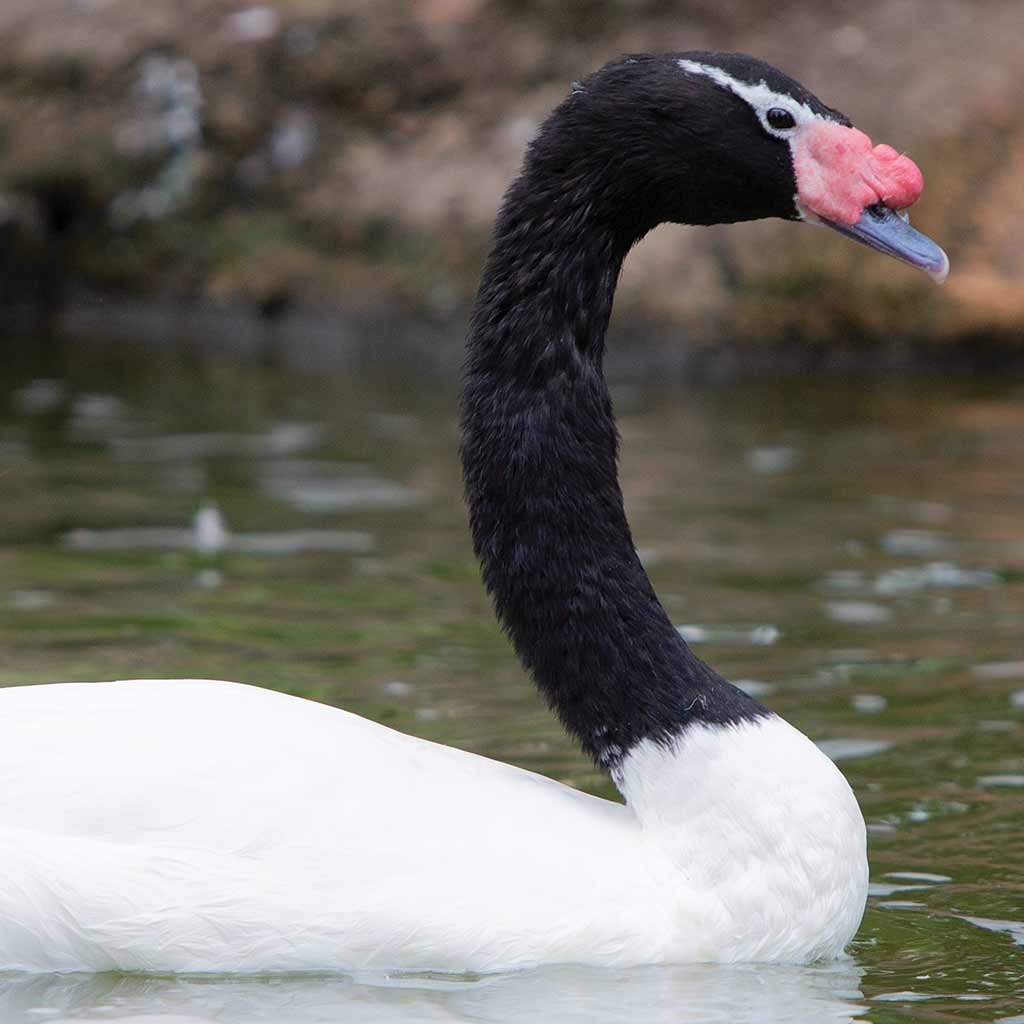 Black Neck Swan(Cygnus melancoryphus) The largest waterfowl native to South America, these graceful birds live in marshes, lakes and fresh-water lagoons in southern parts of the continent, including Chile, Patagonia, Paraguay, Bolivia and the Falkland Islands. Their diet includes a variety of aquatic vegetation, insects and small fish.
Black Neck Swan(Cygnus melancoryphus) The largest waterfowl native to South America, these graceful birds live in marshes, lakes and fresh-water lagoons in southern parts of the continent, including Chile, Patagonia, Paraguay, Bolivia and the Falkland Islands. Their diet includes a variety of aquatic vegetation, insects and small fish. -
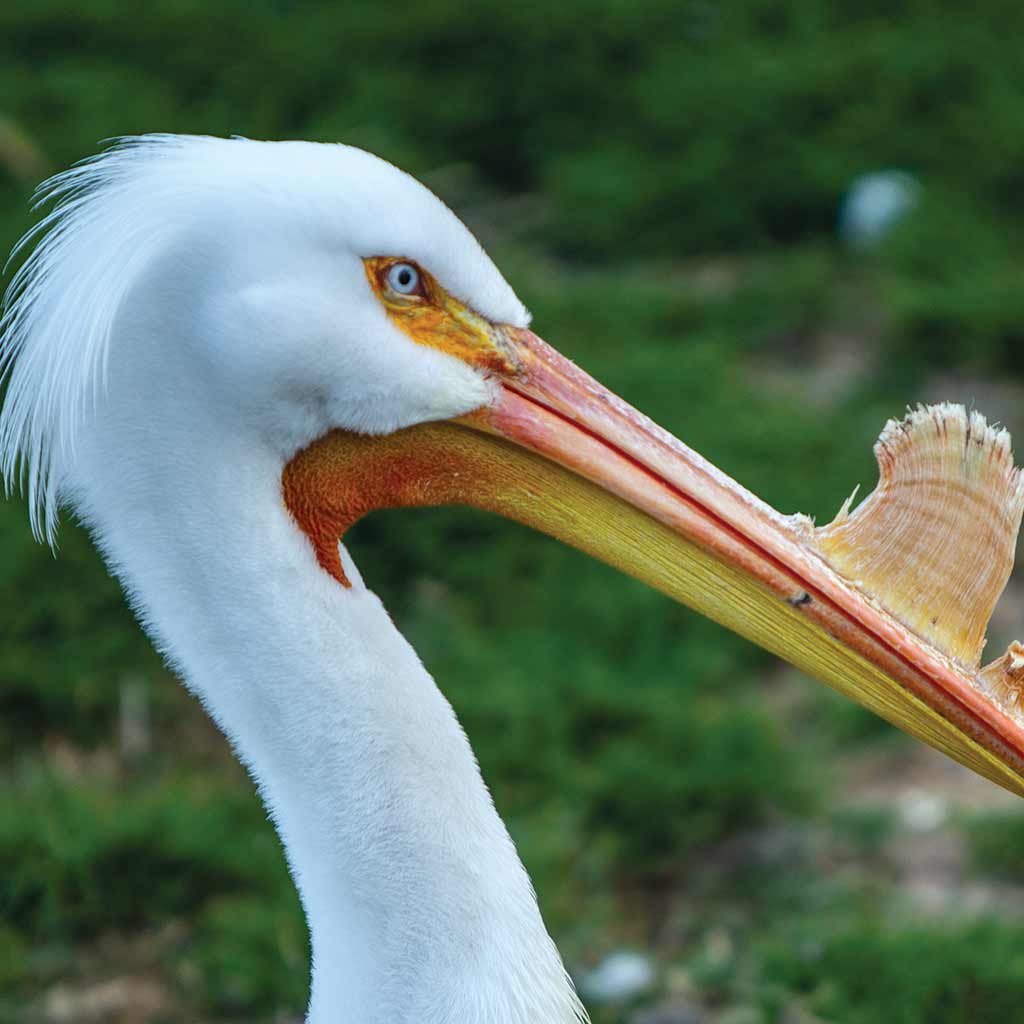 American White Pelican(Pelecanus erythrorhynchos) The American white pelican is one of the largest birds in North America. Thanks to its extraordinary beak, these birds can measure almost 6 feet from tip to tail, with a wingspan reaching up to 10 feet. During breeding season, an ornamental “horn” can grow on its upper bill. White pelicans feed primarily on fish caught with their bills.
American White Pelican(Pelecanus erythrorhynchos) The American white pelican is one of the largest birds in North America. Thanks to its extraordinary beak, these birds can measure almost 6 feet from tip to tail, with a wingspan reaching up to 10 feet. During breeding season, an ornamental “horn” can grow on its upper bill. White pelicans feed primarily on fish caught with their bills. -
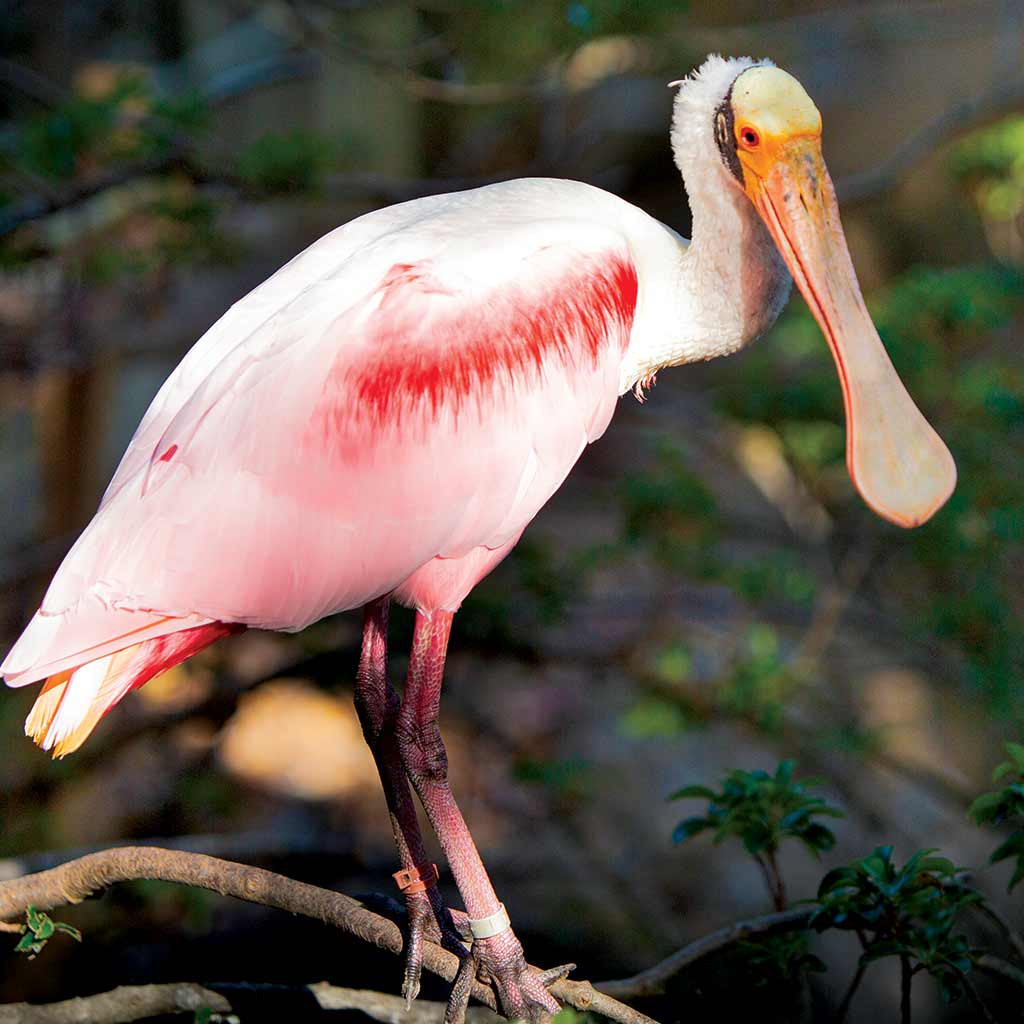 Spoonbill(Platalea ajaja) These tall wading birds feed by using their spoon-shaped bills to sift through mud. Their rosy color comes from a diet high in crustaceans and aquatic insects. Spoonbills are native to brackish waters from South and Central America to the Gulf Coast of the United States.
Spoonbill(Platalea ajaja) These tall wading birds feed by using their spoon-shaped bills to sift through mud. Their rosy color comes from a diet high in crustaceans and aquatic insects. Spoonbills are native to brackish waters from South and Central America to the Gulf Coast of the United States.
Overview
As you enter the campus, you’ll be greeted by the sound of flowing water and the scent of a profusion of blooms. The calls of myriad birds serenade you as frisky squirrel monkeys perform acrobatics in their favorite tree. Directional signs point the way to our most popular attractions. To your right, the path leads towards our North American section. The center path ascends gently to the African area. To your left, the path skirts a pool of flamingos on the way to the South American section. Wherever you choose to begin your tour, all paths intertwine to connect every part of the zoo.
